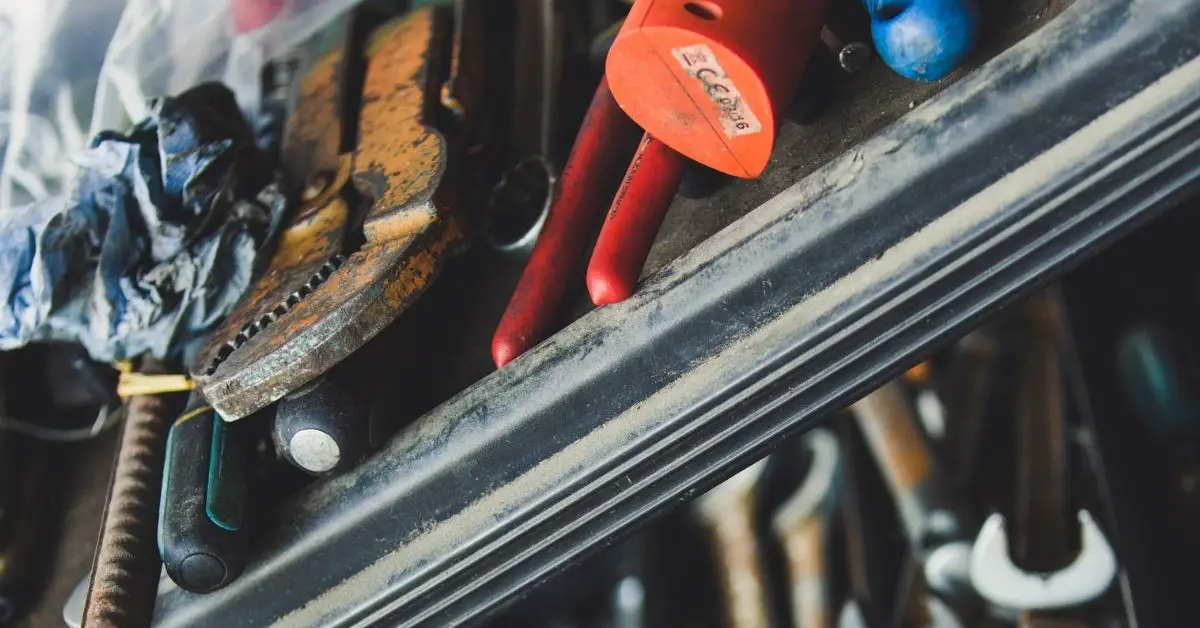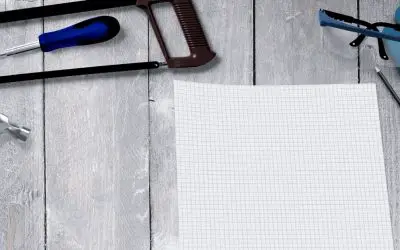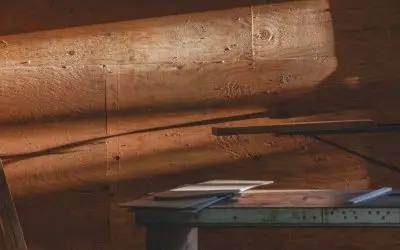Share

You may have noticed that your home’s plumbing is not as efficient as it used to be. You might also notice water leakage at the joints between pipes and fittings or a reduction in pressure when you turn on a faucet. This can be due to worn-out compression fittings. In order to fix this problem, we need to understand how do plumbing compression fittings work!
What Is Compression Fitting?
Compression fittings are used in plumbing to join two pieces of tubing together. The fitting is installed on the end of one tube, and the other tube is inserted into it. A nut is then threaded onto the fitting and tightened down, compressing the tubes against each other and sealing them shut.
How Does It Work?
The fitting consists of a nut, a ferrule (a metal ring), and a compression sleeve. The nut is threaded onto the end of the tubing, and the ferrule is inserted into the other tube. When the nut is tightened down, it compresses the ferrule against the tubing and seals them shut. The compression sleeve then clamps the two tubes together, providing a strong connection that can handle high pressures without leaking.
Benefits Of Compression Fittings
Compression fittings are very reliable and can handle high pressure without leaking. They are also easy to use – just tighten down the nut seal them shut. This type of connection is ideal for plumbing applications where a leak-free connection is essential.
If you’re looking for a quick, easy, and reliable way to connect two pieces of tubing together, compression fittings are the answer. These fittings can handle high pressure without leaking, making them perfect for plumbing applications. So if you’re in need of a strong and secure connection, compression fittings are your best bet.
Moreover, compression fittings are easy to install. All you need is a wrench or pair of pliers, and you can have them connected in about half a minute. If you’re looking for an efficient way to connect your tubing quickly and easily, compression fittings may be just what the doctor ordered!
Are Plumbing Compression Fittings Reliable?
Most of the compression fittings used in plumbing are reliable. However, there are a few things you need to watch out for. First of all, make sure the tubing is cut squarely and cleanly. If the tubing is not cut squarely, it could cause leaks. Make sure that the threads on the pipe and fitting are also clean and free of any debris or burrs. When installing a compression fitting, be careful not to over-tighten it. Doing so can damage the fitting or the pipe.
Only tighten as much as necessary to get a good seal. Finally, never use pliers or other tools to tighten a compression fitting – you could damage the fittings or even strip the threads on the pipe!
How Do You Fit Compression Fittings To Plumbing?
Compression fittings can be a little tricky to install, but with a little practice, you’ll get the hang of it. Here are the basic steps:
First, make sure you have all the tools and materials needed to install a compression fitting. You’ll need what’s called an installation kit, which includes a “compression nut”, an “outside diameter washer” (or O-ring), a rubber washer, and two steel ferrules. Each type of compression fitting has its own unique parts that will go with it – just make sure you’re using the right ones!
Next, slide one ferrule over each end of the tubing as far as they can go. Make sure not to crimp or pinch the tube in any way when doing so. Now pull back on each ferrule until about ½ inch is left exposed. Now take your threaded pipe nipple and screw it into one side of the compression fitting. Be careful not to over-tighten it!
Now take the installation kit and slide the compression nut all the way onto the threaded pipe nipple. There should be about ½ inch of tubing sticking out from each end of the nut. Slide on one washer (O-ring), then place the rubber washer over that. Now insert both ferrules into their corresponding slots on top of the fitting.
Make sure they’re fully inserted, with no gaps between them and the fitting. Finally, use your hands to twist and turn the compression nut until it’s tight – but don’t over-tighten it! You may need to use a wrench to get it started but hand pressure is usually enough to finish the job.
Compression fittings are a great way to connect tubing to pipes without using any tools. They’re easy to use and very reliable, but be sure to follow the proper installation procedures so you don’t damage them!



0 Comments